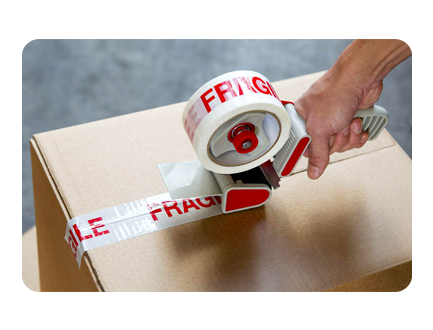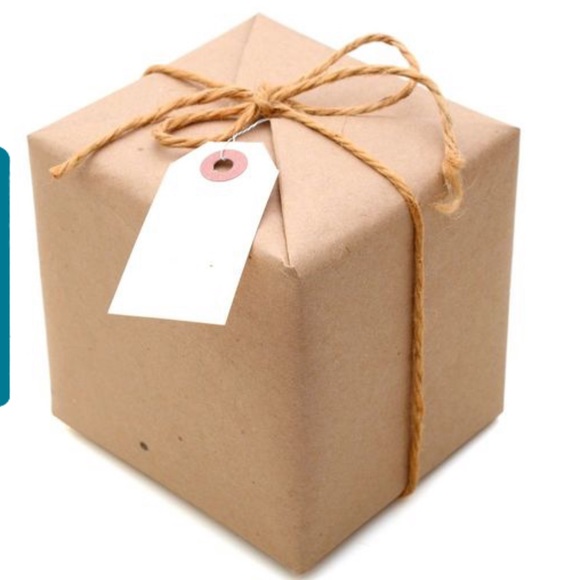
Whether you sell items online or need to return something you have purchased, there are precautions you should take when shipping fragile items.
It is estimated that 1 in 10 packages are damaged during shipping. The transit time for most packages’ ranges from 3-14 days or more, depending on the type of delivery service being used and the destination location. The package can change hands dozens of times from the time you ship it until it arrives at the end point.
Here are some ways to prevent your packages from being damaged during transit.
Use Appropriate Container Size
Smaller packages are easier to handle and can often be lifted without the need for a second person or electronic lift. Packages that are easy to move are less prone to damage. Use a container that is just large enough to accommodate your item.
Double Box
When packing very fragile items use the double box method. Place the item in a box large enough to accommodate it and then place that box inside of a larger box. Add 3-4 inches of packing material in and around the smaller box.
Use Appropriate Packing Material
When shipping fragile items use a very sturdy container such as a reinforced cardboard box with packing material that will hold the item securely in place. Styrofoam, air sacks and bubble wrap are all good choices. Use several layers of packing material so that the item does not move around inside of the container, and it is well padded.
If shipping several fragile items, it may be best to package them separately so they do not press against each other which can increase the chance of damage. If you do pack them in the same container, separate them using some type of divider such as cardboard or Styrofoam blocks to prevent them from shifting.
When shipping hollow items such as a vase or mug, put packing material on the inside and outside of the item. Don’t leave any empty space inside your package. No single approach fits every fragile item. As a result, you must know how to pack fragile items of all kinds, then choose your packing material on a case-by-case basis.
While poly mailers can be less expensive to ship than boxes, they are not a good option for fragile products. Even though poly mailers are padded they do not offer the same protection as a sturdy cardboard box.
Fill Empty Space
Turbulence during shipping can cause damage and if an item has space to move around, it could bounce around getting scratched, chipped, or otherwise broken up. Use cushioning materials like bubble wrap, air pillows or pellets to fill any empty areas.
Tape Completely
Use quality packing tape and tape the box securely and completely. Double taping works best to prevent the box from coming apart during shipping.
Use Labels
Include a “fragile warning” label on the outside of the container. This notifies the shipper and anyone handling the package that the contents inside are easily damaged, suggesting to them that they handle the package with care.
Other labels to attach are hazardous materials warning labels, which is required by law, and “This Way Up” markings to direct handlers how to place and hold the container.
Stack Strategically
Heavier items placed on top of lighter items can crush or damage what is underneath. When packing multiple objects inside a container, place heavier items on the bottom. This approach prevents smaller, lighter pieces from being damaged.
Shipping Insurance
Shipping insurance reimburses the shipper for the value of a package if it is lost, stolen, or damaged in transit. Some carriers offer a certain amount of shipping insurance included with the shipping service up to a particular value. For more valuable items, consider purchasing supplemental shipping insurance to cover the complete replacement cost of the package.
Taking a few simple precautions can ensure that your package arrives at its destination in one piece.
